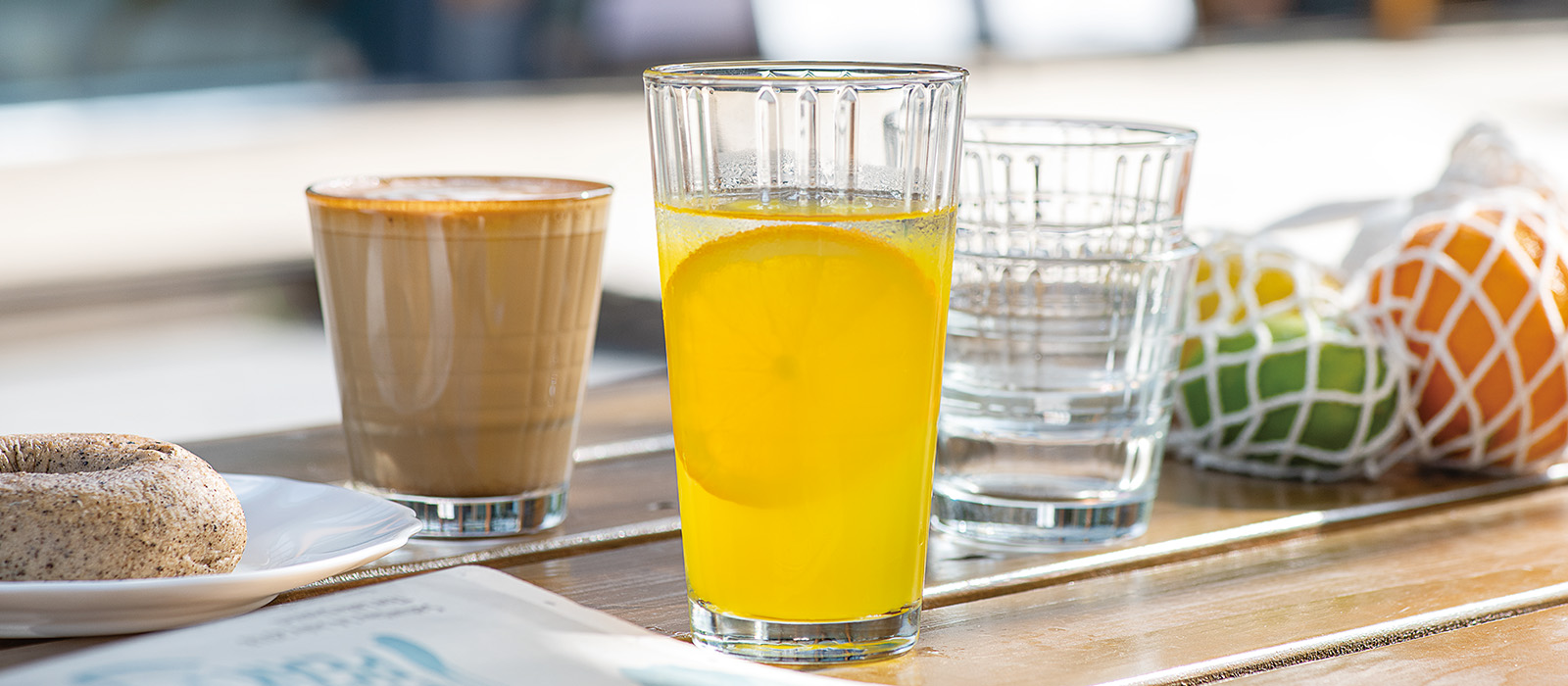Tableware breakage is a common problem in the restaurant industry. Not only does it add costs, but it can also compromise the safety and efficiency of service. Fortunately, there are solutions to minimize these incidents. Choosing tempered glass products is highly recommended as they're designed to withstand the challenges of everyday use.
Why is breakage a major issue in catering
In the restaurant industry, broken tableware can quickly become a financial drain. Every broken glass or plate represents a direct cost, not to mention the time lost replacing the item and the risk of injury to staff. Furthermore, damaged tableware can harm the establishment's image with customers. The breakage rate of tableware by volume can represent up to 20% of the initial inventory over a given period.
Tempered glass is obtained through a heat treatment that makes it up to five times stronger than ordinary glass. This process involves heating the glass to a high temperature and rapid cooling, creating internal stresses that strengthen its structure. Its recommended to choose glasses designed using this technology to offer tableware that is adapted to the demands of professionals.

Increased Resistance
Tempered glass products are designed to withstand mechanical and thermal shocks. They can withstand temperature fluctuations of up to 130°C, making them compatible with hot and cold connection systems. This robustness significantly reduces breakage incidents in kitchens and dining rooms.
Long-term Economy
Thanks to their durability, tempered glass products require fewer replacements, resulting in substantial long-term savings. Furthermore, their compatibility with professional washing cycles ensures optimal hygiene without compromising their integrity.
Practical Tips to Reduce Damage in the Restaurant or Bar
Glassware breakage isn't inevitable. With simple steps and constant attention, it's possible to preserve your glassware and ensure smooth service.
Handling Glasses: Precision Above All
-
Hold stemmed glasses by the top of the gob, never by the stem, to avoid unnecessary stress on fragile parts.
-
Avoid carrying multiple objects in one hand to minimize the risk of collisions.
-
Never knock bottles against the rim of glasses when serving to prevent shattering.
Beverage Service: Adopting the Right Reflexes
-
Use a plastic scoop to fill ice cubes, thus reducing thermal shock.
-
Always store items so they are ready for use.
Transport and Storage: Organisation and Precaution
-
Use compartmentalized washing racks to avoid contact during cleaning.
-
Store products in suitable lockers, separating dishes, glassware and cutlery to prevent collisions.
-
Do not stack glasses not intended for this purpose, as this increases the risk of breakage. Stackable items will be marked with the following pictogram: Where possible, store products stacked as shown in the diagram opposite.

Staff Training: A Profitable Investment
Training your team in good glass handling, washing and storage practices is more than just a formality: it's a strategic lever for reducing breakage and optimizing your costs. A well-trained team is more aware of the actions to take to preserve the glasses, which results in a reduction in incidents and associated costs.
Conclusion: Preserve Your Dishes, Optimize Your Performance
Breakage of tableware in the restaurant industry isn't inevitable. By adopting suitable products, such as Arcoroc's tempered glass, and implementing rigorous practices, it's possible to significantly reduce incidents, improve safety, and save money in the long term. Investing in product quality and staff training is a winning approach for any establishment concerned about its efficiency and image. Arcoroc's solutions allow catering professionals to improve the durability of their tableware, ensure the safety of their staff and customers, and achieve significant savings.